Arctic viruses employ specialized mechanisms, including cryoprotective genes, to thrive in harsh environmental conditions despite limited host availability, a new study reveals.
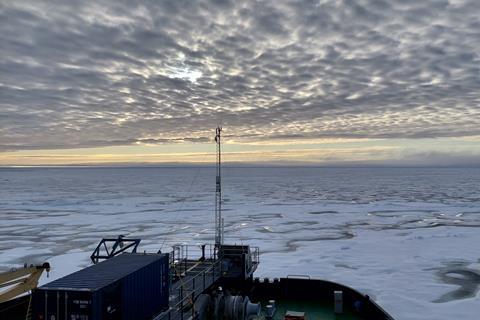
The study of virus-host interactions within the surface microlayer (SML), the upper 1 mm of the water surface, of the Central Arctic, was carried out by Dr Janina Rahlff and a team of scientists from Swedish Linnaeus University and the University of York, UK. Dr Rahlff sits on Applied Microbiology International’s Ocean Sustainability Group.
‘Surface microlayer-mediated virome dissemination in the Central Arctic’ was published in the journal Microbiome and sheds light on the viral strategies and adaptations that facilitate survival and distribution in one of Earth’s most extreme environments.
Specialized mechanisms
Conducted during the Synoptic Arctic Survey 2021 aboard the icebreaker Oden, the research revealed how Arctic viruses employ specialized mechanisms, including cryoprotective genes, to thrive despite limited host availability and harsh environmental conditions. This study offers crucial insights into the role of the SML as a platform for viral distribution, particularly in light of climate change and its impact on Arctic ecosystems.
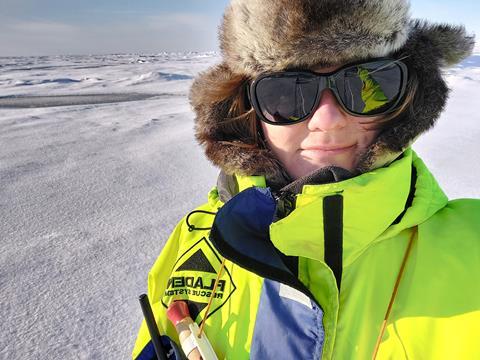
“We addressed the real-world problem of understanding viral roles and adaptations in extreme Arctic environments, particularly the Central Arctic’s SML, which is critical to ecological balance and nutrient cycling in polar ecosystems,” said Dr Rahlff.
“In polar regions, viral activity directly influences microbial communities, affecting the entire food web and carbon cycling. Despite their significance, Arctic viruses remain understudied, with limited data on how they survive, spread, and interact with hosts under such challenging conditions, where cold temperatures, low host availability, and seasonal freeze-thaw cycles are prevalent.”
Arctic virology
The team investigated several key aspects of Arctic virology:
Viral diversity and distribution: Determining the diversity of viral populations within the Arctic Ocean’s SML and comparing it with a melt pond
Survival mechanisms: Exploring how viruses adapt to low temperatures and limited host environments, particularly through auxiliary metabolic genes (AMGs) that aid in cryoprotection.
Viral-host interactions: Identifying host-virus dynamics, including prophage induction (where viruses shift from dormant to active states).
Role in climate change: Understanding the potential for viruses to spread through the SML, especially as Arctic warming and ice melt intensify, potentially influencing viral dispersal and affecting Arctic microbial ecosystems on a larger scale.
Water samples
To understand how Arctic viruses survive and interact with their environment, they collected and analyzed water samples from the SML and from 60 cm below the surface in the Central Arctic and Northern Greenland during an Arctic research expedition.
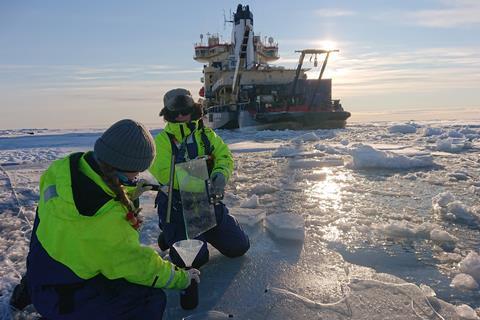
By examining the viral and microbial DNA from these samples, they identified the diversity, abundance, and genetic features of viral populations in these icy waters. Methods included metagenomics and laboratory experiments to see how viruses interact with bacteria and respond to environmental stress.
“We discovered that viruses in the SML exhibit unique adaptations that help them survive extreme cold and low host availability. Some of these adaptations include special cryoprotective genes, which likely enable viruses to resist freezing and support their hosts in Arctic conditions,” Dr Rahlff said.
Viral dispersal
“We also found that the SML is a key area for viral dispersal, acting as a platform that could help viruses spread more easily across the Arctic, particularly as climate change increases sea ice melt and warms the region.
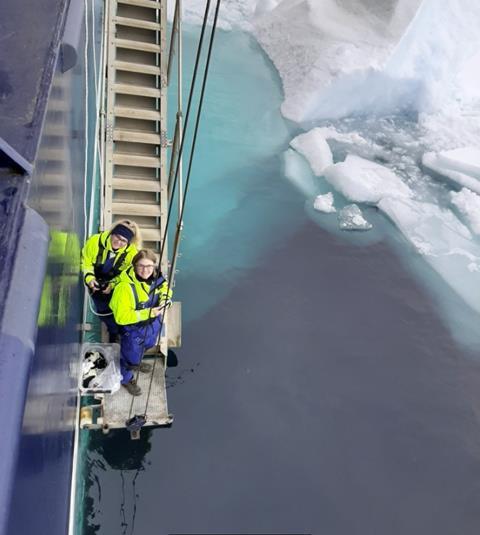
“Our findings suggest that Arctic viruses have evolved sophisticated strategies to endure and spread in harsh polar environments, indicating they play an essential role in the Arctic ecosystem and may be increasingly influential as the Arctic climate continues to change.”
One surprising aspect was the significance of the SML as a potential viral dispersal platform.
“Viruses in the SML, despite sometimes of lower abundance compared to 60 cm depth, appeared to be better positioned to spread across the Arctic, likely through aerosolization at the air-sea interface and were consequently found at multiple sampling stations. This finding underscores the SML’s importance in viral ecology,” Dr Rahlff said.
Limited diversity
“The limited diversity in the melt pond viral communities, dominated by just a few viral types, was also surprising. This narrow viral diversity contrasts with the generally high viral diversity in open water, suggesting that melt ponds, which form and change rapidly and will become more numerous with climate change, might be uniquely selective environments for viruses adapted to extreme, isolated conditions.
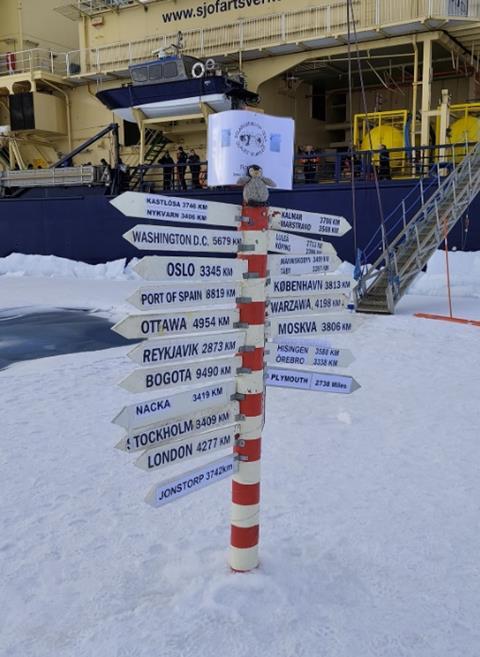
”These findings are critical for understanding the broader implications of climate change on Arctic ecosystems , Dr Rahlff said.
“The discovery that viruses help their microbial hosts survive extreme cold challenges traditional views of viruses and suggests they may play a supportive role in ecosystem stability,” she said.
Surface microlayer
“The ability of Arctic viruses to disperse via the surface microlayer could help to understand the spread of viruses globally, potentially affecting public health. Limited viral diversity in melt ponds may indicate fragile ecosystems vulnerable to climate disturbances, which could have cascading effects on food webs and carbon cycling. By studying these interactions, we gain insight into the impact of climate change on viral dynamics, which is essential for predicting future ecological and health risks.”
Future research should focus on understanding the mechanisms behind cryoprotective genes in Arctic viruses and their role in helping hosts survive extreme temperatures, she added.

“It is crucial to track the movement and dispersal of viruses in the surface microlayer, particularly in response to climate change. Virus data from Arctic aerosols would be a good addition.
Ecosystem stability
“Studies on the impact of limited viral diversity in different melt ponds (we studied just a single one) could reveal insights into ecosystem stability and the effects of environmental disturbances. Further investigation is needed into how viruses influence Arctic biogeochemical cycles, including carbon and methane release.”
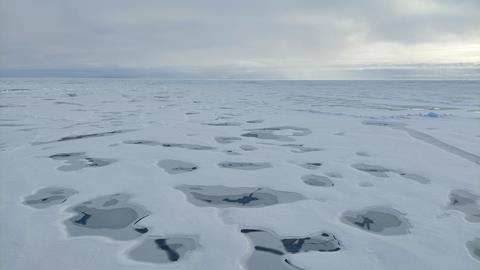
The study was led by Dr Rahlff and supported by the following grants: German Research Foundation (DFG RA3432/1-1, project number: 446702140 and DFG RA3432/1-3, project number 534276621); the Swedish Research Council, nr 2022-04340 and 2023-03310_VR; The Carl Tryggers Foundation grant number CTS20:128; The Wellcome Trust investigator award 224665; Open access fund paid by Linnaeus University.







No comments yet